Natural
Building Techniques
- Adobe
- Earthbuilding technique using formed and sun-dried mud bricks
("adobes") to create massive walls. Has also been used extensively in the
Middle East to create vaults and domes. Appropriate for drier climates
because of the nature of forming and drying the bricks.
- Cob
- Building method using hand-formed loaves of clay/sand and straw
("cobs") to create highly sculptural monolithic walls and other forms,
including bread ovens. Excellent source of thermal mass. Easy to do with
minimal tools. Labor intensive. Works in moist climates.
- Earthbags
- The use of soil-filled sacks to create walls. Has been used to build
domes and also as foundations for other materials (i.e. strawbales). Sacks
are often free. Experimental in nature, currently being tested by ICBO.
Excellent thermal mass. Easy, flexible and fast compared to other
earth-building techniques.
- Earthen Floors
- Poured or tamped earth is used to create a floor which can vary in
thickness depending on the exact technique used. The floor is left to dry
and then coated with a protecting sealer such as linseed oil and beeswax.
There are as many variations in technique as natural plasters (i.e. one
traditional African method is to create a floor of fresh cow dung and clay
which is then coated with ox blood.)
- Light Straw-Clay (Leichtlehm)
- Technique from Germany which involves coating loose straw with a clay
slurry. This material is then compressed into forms in a manner similar to
rammed earth. Is used most commonly to in-fill wood framed buildings.
Highly insulative, precision walls. Slow drying. Can be used to create
lightweight insulating bricks and ceiling tiles. Wood chips can be used
instead of straw for a system which can be poured into forms.
- Living Roof
- Placing organic material over a roof membrane which then supports
plant life. Very beautiful. Adds insulation value. Most appropriate in
moist climates. Membranes are usually artificial but layered birch bark
has been used traditionally in northern Europe.
- Natural Plasters and Finishes
- Using materials such clay, sand, and straw with binders as varied as
linseed oil, blood, manure, glue, lime etc. to create breathable,
non-toxic plasters and finishes with differing properties (hardness,
workability, color etc.) Infinite recipes from around the world. Plaster
(or another form of protection) is necessary to finish off several of the
listed techniques (straw bale, earthbags, light-clay) Very "soft" and
friendly as compared to cement stucco. Exterior plasters need to be
maintained regularly, but are, in the long term, more effective in
protecting earthen structures than cement-based plasters.
- Rammed Earth
- Wall construction method which entails placing slightly moistened soil
into forms which is then compressed in layers to create a monolithic wall.
Possible to make very precise walls which do not need further finishing.
Can be very "high- tech" and machinery intensive, though it historically
been done with very simple tools and materials.
- Stone, Brick and Wood
- Familiar building materials which are very "natural" if used
appropriately. Key: use local resources with minimal processing.
- Straw Bale Construction
- Blocks of compressed and tied straw ("straw bales") are used to build
walls that are load-bearing (Nebraska-style) or to create infill walls in
non-loadbearing structures. Fast and easy wall-raising system which lends
itself to community involvement. Very high insulation value (R-35-50).
- Thatch
- Roofing technique where reeds, grasses or palm fronds are sewn onto a
framework of wood or bamboo to create a water shedding protective
covering. Highly skilled thatchers can create roofs which will last 50
years.
- Tires and other Recycled Materials
- Technique popularized by Michael Reynolds ("Earthships") which
involves using soil-filled tires as building blocks, as well as aluminum
cans and old bottles. Wonderful way to use up these (often free) materials
which pollute so many parts of the world. High thermal mass. Labor
intensive.
- Wattle and Daub
- Earthbuilding technique which utilizes a woven wooden or bamboo frame
as a form onto which mud plaster is applied in layers until the desired
wall thickness is reached. Probably the most ancient of earthbuilding
methods.
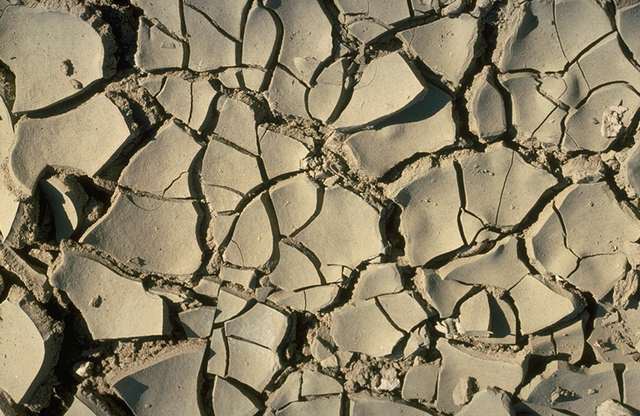
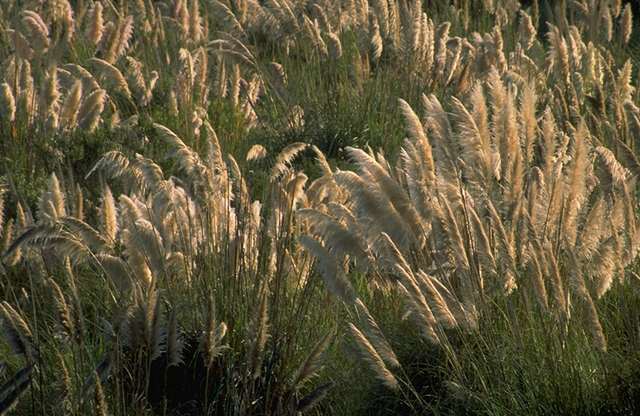
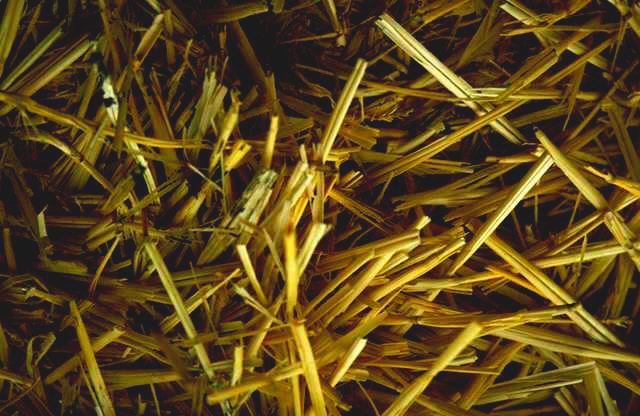
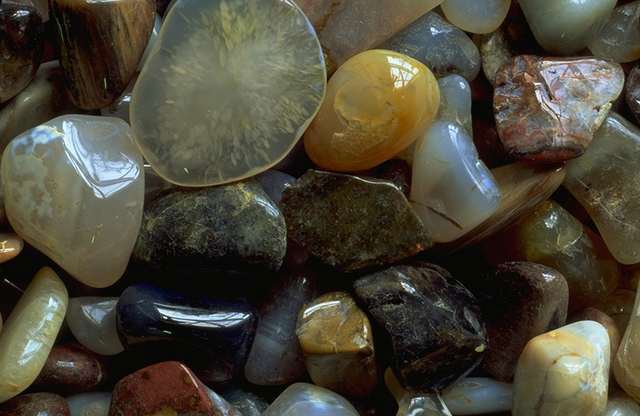
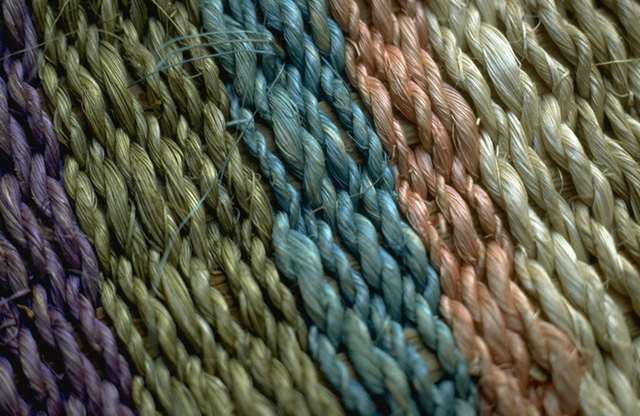
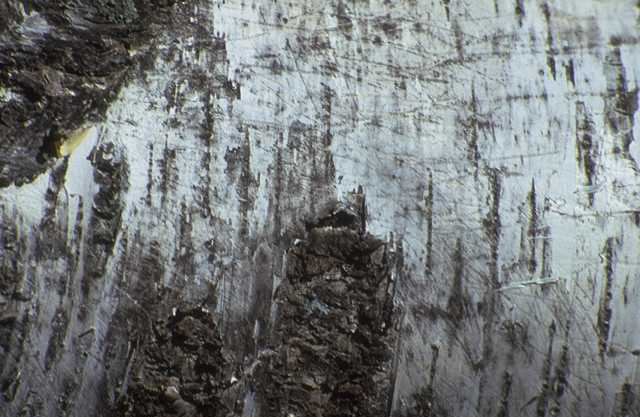

Cob & Clay
Thatch
Straw
Stone
Fabric
Wikuom
Technology






